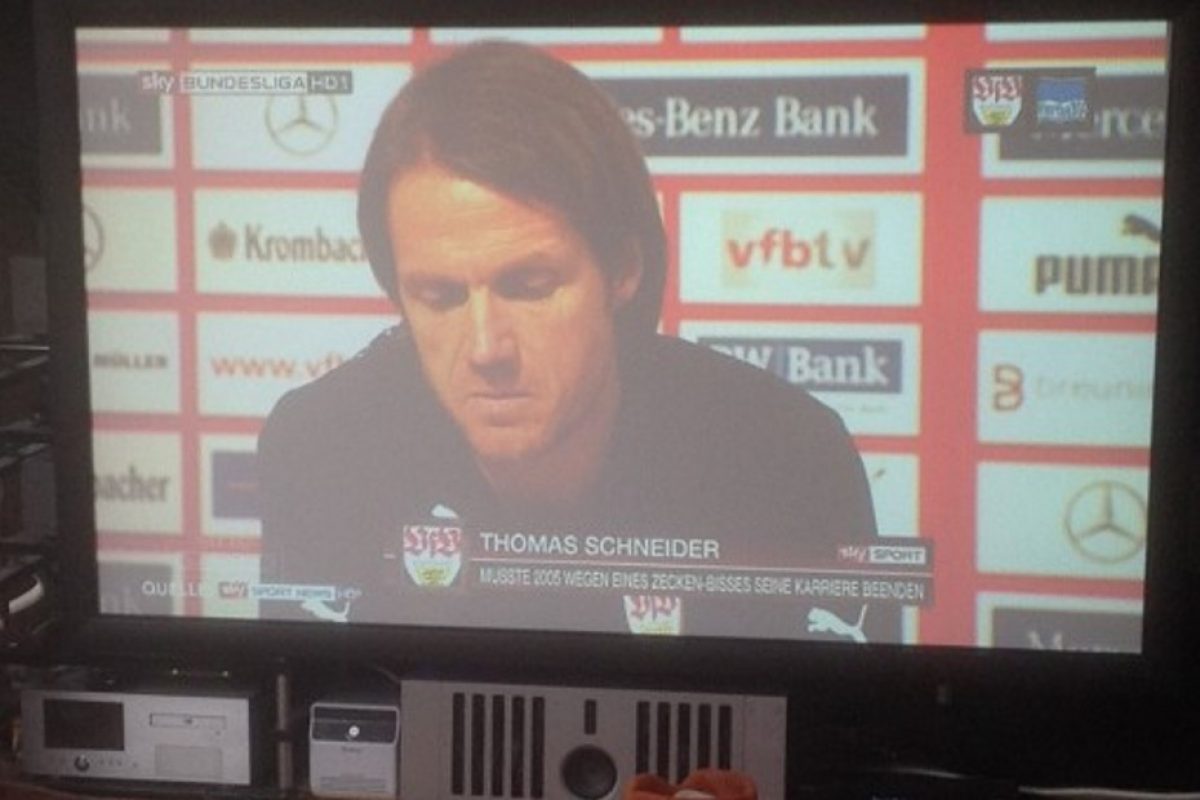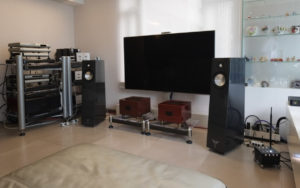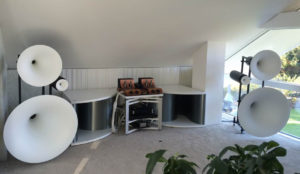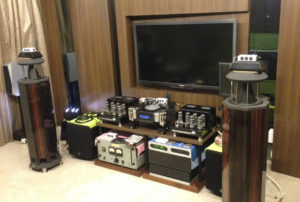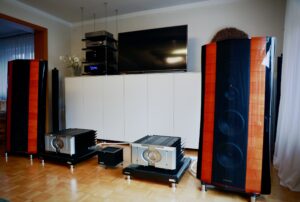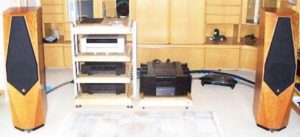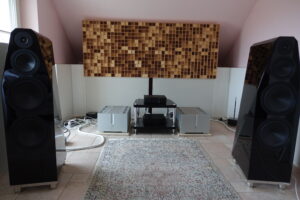The method of making myself known via the Internet worked for Schnerzinger for me. I had been thinking for a while about which speaker cables I could get to better utilize what my equipment could do. My HiFi dealer had sold me a pair of Burmester B80s (after hearing the Burmester system in my new car, I really wanted some Burmester speakers), I had bought the new crossover and a conversion to "MKII" a few months later to go with it when it was available. It would go even better if I swapped out my Nordost Heimdall for higher quality Nordost cables. I asked my dealer and read on the internet. Someone was offering Nordost Valhalla because they swapped speaker cables for Schnerzinger. Schnerzinger? I then listened to the improvements that the new Nordost series would bring. At the same time, I had sought contact with "Schnerzinger". My dealer had given me in the meantime from the new series Nordost Tyr 2 NF and speaker cables to listen to, as well as the new Frey 2 phono cables. Wow! That was a leap!
Then Schnerzinger answered, telling that a Mr. Brämer would call to offer a listening session in my home. Aha!? This is unfamiliar; normally I’d like to listen on my own for some days. But this is not possible, well, ok. He arrived; and it was really impressive. We didn’t start with speaker cables what I was actually looking for, but with interconnects. What an improvement - unbelievable! Then power cords (??? My Burmesters are fine, aren’t they ???), wow, another improvement. The most significant change made the power Innovator and the power cord at the preamp. Speaker cables – ok, this jump kept within a limit; also after a 4 to 5 hours listening session it also was kind of enough. Nevertheless all in all the performance improvement was much, much more, than I had experienced earlier.
What would it cost? Wow, very lush. The new Nordost cables performed well also… Then when could I get the Schnerzinger cables? 8 weeks minimum, we are busy, etc.
What to do? My dealer has offered me a really good deal, he would accept my Burmester Silver cables as trade-in, also he’s a very nice guy, and the cables are available with no waiting period and performed well also. Mr. Brämer offered “you may do a listening session at Dirk Klocke, the developer of Schnerzinger”.
I drove to Dortmund for the date; very friendly people in a nice atmosphere. Then what I got to hear there is second to none, the system performs simply sensational!!!
Nevertheless first I decided in favor of the Nordost interconnect and speaker cables, the whole Schnerzinger thing was too much – also the costs. Ok, the power distribution seems to be a sensation – here I start with Schnerzinger, others seem to be far behind in this domain, the explanations sound plausible and the performance effect of the power distribution alone was really unbelievable. Power Innovator plus a power cord for the preamp were my first step.
Dirk Klocke is a very nice and exciting person, listening to music with full passion, obsessed to constantly improve his developments. It’s fun to go there and listen to music for one or two hours together with a person who really takes this hobby seriously. I buy another three power cords for power amp, CD player and music streamer, which again yields a big jump. At my third visit to Dirk Klocke I bring along my Nordost Tyr 2 to the listening session, actually being convinced, that they are as well as his cables.
The listening contest was shameful; it took me 5 seconds to clearly notice that the highly regarded Nordost Tyr 2 speaker and interconnect cables got across so astonishingly less sound, that I knew immediately I wanted to use Schnerzinger interconnect and speaker cables also.
Today I do not have these yet, but I’m already looking forward to the listening session (kindly at first special interconnects for the Burmester pin assignment will be manufactured and then demonstrated at my place, before I will have to directly buy these). The previous progress steps - at first power Innovator and one power cord, than another three power cords - were so significant ( any time I thought I had a new and better system!) that I’m convinced, that the progress will again be very obvious.
We will see. I like my Burmester chain very much, but now I know that top cabling is key - or better put - the backbone for a top music performance. The cables are super expensive, but if you have the money to buy such expensive stuff: Schnerzinger is the best you can get in the area of cables – and the service is extraordinary also; it’s well worth to commit to it!!
App. 6 months later:
Now I’m fully equipped; I also got a set of speaker cables, the system was optimized with cleaners and the result is an incredible surprise:
I’ve never listened to music so relaxed. Clarity, spatiality and musicality is outstanding, I have lots of fun with my system.
Indeed there is no better way to optimally take advantage of a system. I’m very happy that I have decided for Schnerzinger and to any ambitious listener I can just recommend to simply give it a try.
(Translated from the German original)
— Ulrich S. —

